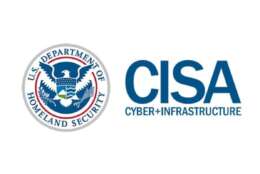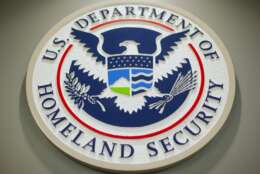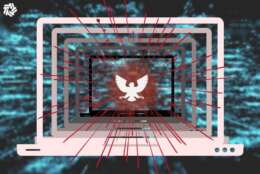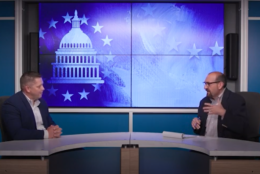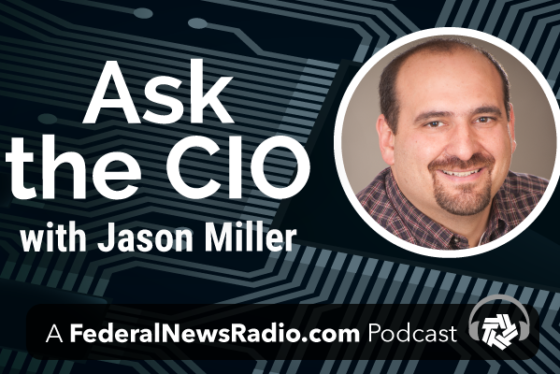Cybersecurity
-
House lawmakers showed little support to provide more funding for the Technology Modernization Fund in fiscal 2024, but the board still has hundreds of millions of dollars to loan out.
July 06, 2023 -
In today's Federal Newscast: GSA is making it easier for agencies to find Native American companies to contract with, thanks to a new online tool. CISA adds new faces to its top leadership team's cybersecurity division. And a collaboration between U.S. Cyber Command and industry that helps defend against cyber attacks is expanding.
July 06, 2023 -
As cyberattacks continue to grow both in number and sophistication, government agencies are struggling to keep up with the ever-evolving threat landscape.
July 05, 2023 -
During this exclusive CISO Handbook webinar, moderator Justin Doubleday and guest Benjamin Koshy of the Indian Health Service will explore cybersecurity initiatives and modernization at IHS. In addition, Torsten George of Absolute Software will provide an industry perspective.
June 30, 2023 -
The Federal Acquisition Regulation Council earlier this month issued something the procurement community had been expecting. An interim rule that bans the TikTok app from certain contractor devices.
June 28, 2023 -
Ransomware attacks are now a topline concern for businesses everywhere.
June 28, 2023 -
The budget guidance hews closely to the National Cyber Strategy, directing agencies to continue to focus their resources on "zero trust" architectures, as well as requirements for critical infrastructure.
June 27, 2023 -
The CISA guidance helps fill a void where agencies have lacked common security standards and configurations for widely used services, like email and productivity capabilities.
June 27, 2023 -
The "non-recurring expenses fund" doesn't have a flashy name, but it could become a "significant tool" for DHS to make both IT and facilities improvements.
June 23, 2023 -
As law enforcement and national security agencies adopt cloud services, their sensitivity to cyber incidents makes executing cybersecurity basics and transformational approaches in tandem essential. We share advice from two Trend Micro experts.
June 21, 2023 -
Preventing breaches through cyber awareness: How every federal employee contributes to cybersecurity
Instead of waiting for cyber-specific positions to be filled, the White House has prioritized strengthening the current federal workforce through cyber education and skills-based training.
June 19, 2023 -
In March, the White House unveiled a new National Cybersecurity Strategy, which deviates from the National Cyber Strategy rolled out by the Trump administration in 2018. Among the changes implemented in the new strategy is a call to “rebalance the responsibility” of defending cyberspace, including a move away from end users and toward the “most capable and best-positioned actors,” including owners and operators of key technologies and infrastructures.
June 16, 2023 -
Air Force plans to recruit and retain cyber professionals include a new tech track career path set to debut next year.
June 16, 2023 -
Martin Rieger, the chief solutions officer and chief information security officer a stackArmor, said the caring, feeding, maintenance and continuous development of federal cyber regulatory and policy requirements is necessary for success.
June 16, 2023 U.S. officials say the Department of Energy is among a small number of federal agencies compromised in a Russian cyber-extortion gang’s global hack of a file-transfer program popular with corporations and governments. They say the impact is not expected to be great. Jen Easterly, director of the Cybersecurity and Infrastructure Security Agency, told reporters that the hacking campaign was short, opportunistic and caught quickly. A senior CISA official said neither the U.S. military nor intelligence community was affected. Known victims to date include Louisiana’s Office of Motor Vehicles and Oregon's Department of Transportation.
June 16, 2023


